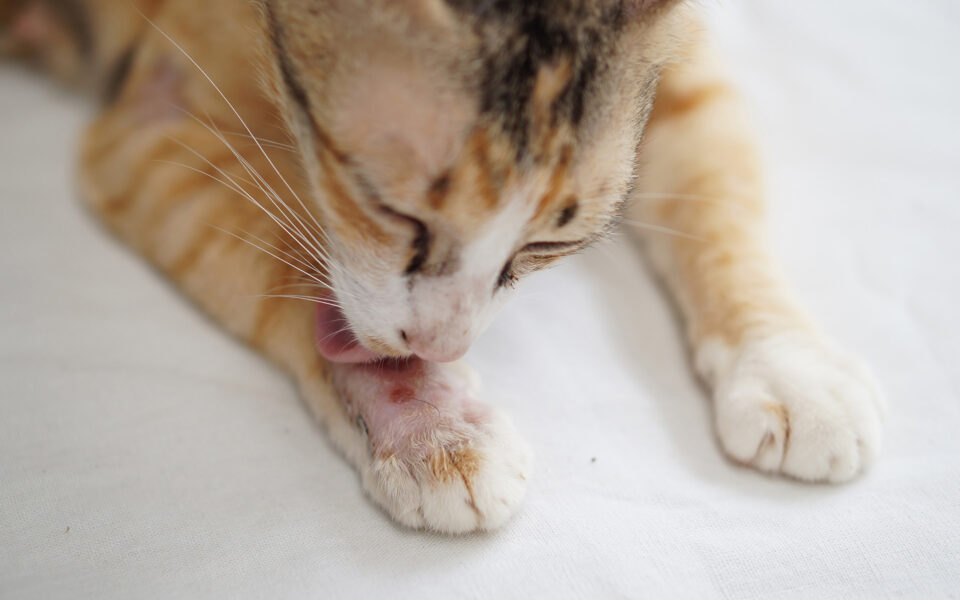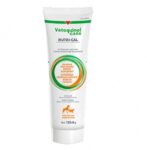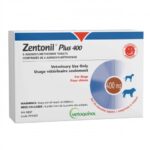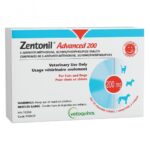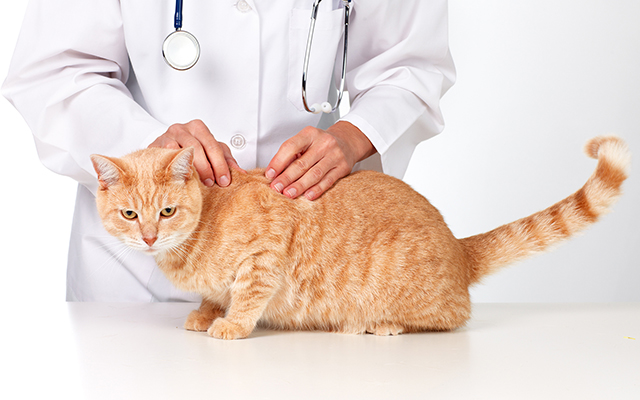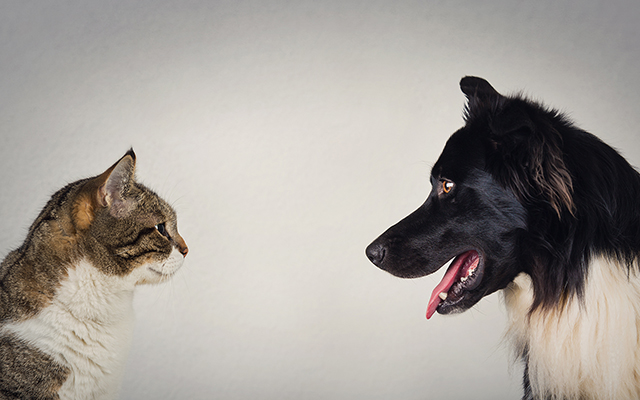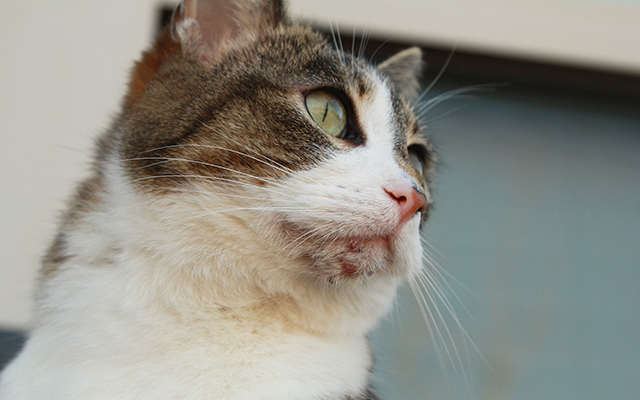As your cat or dog returns from their latest adventure in the great outdoors, you take a moment to inspect them for ticks and notice they’ve been injured. Will the wound heal on its own? It depends on the injury’s cause, location, severity and degree of contamination of the area.
Common types of skin injury
- Jagged rocks, digging underneath a fence or persistent scratching to relieve itchiness from allergies can all cause abrasions or scrapes, where only the superficial layer of skin is damaged.
- Lesions or lacerations occur when your pet’s skin is cut or torn open by a sharp object like broken glass or another animal’s claws. Deeper skin layers may be damaged depending on the severity of the cut.
- A pointy object or animal teeth can cause puncture wounds or bite wounds, typically leaving behind a small hole. Such an injury’s size can be deceptive, as damage often reaches deeper skin layers and the area can be prone to bacterial infections.
Your pet’s skin healing process
Cats and dogs recover from wounds by going through multiple healing stages. For minor cuts and scrapes, this may take place in just a few days. More serious injuries may require treatment and surgery to speed up the process and prevent complications, such as infection or impaired movement.
1. Hemostasis and inflammation
As soon as injury occurs, the body’s immune system initiates the healing process. Increased blood flow brings more white blood cells, platelets and clotting factors to the affected area to control the bleeding. Expected side effects include swelling, sensitivity, moderate redness and heat, all of which are usually normal. If the injury is accompanied by high fever, excessive bleeding, intense pain, severe redness and heat or an unpleasant smell, it could indicate an infection and require a visit to your veterinary clinic.
2. Debridement
If necessary, white blood cells will start clearing foreign materials and dead skin cells from the area. Unless it’s removed, dead tissue (which can appear as dry, thin white skin or blue-black patches) can inhibit the body’s ability to grow new, healthy tissue and makes it more vulnerable to infection. Some severe injuries could require a veterinarian to surgically remove the dead tissue and suture the wound.
3. Repair
In a healthy wound, new cells start growing, repairing and rebuilding the damaged skin by forming scabs. Closed wounds may heal in just a few days, while open wounds usually require more time to contract, fill in with moist red granulation tissue, and form a new layer of flesh.
4. Maturation
During the final healing stage, skin fibres cross-link and reorganize, strengthening the protective layer and leaving behind a scar. Depending on the severity of the injury, this process may take months or even years to be fully completed.
When is a wound a pet emergency?
Some wounds present a high risk of complications and require emergency treatment. For example, in the event of a bite wound, a wound that keeps bleeding for more than 10 minutes, a wound that contains a foreign object (such as glass) or an eye injury, or simply if you’re having doubts, contact your veterinary clinic for advice.

